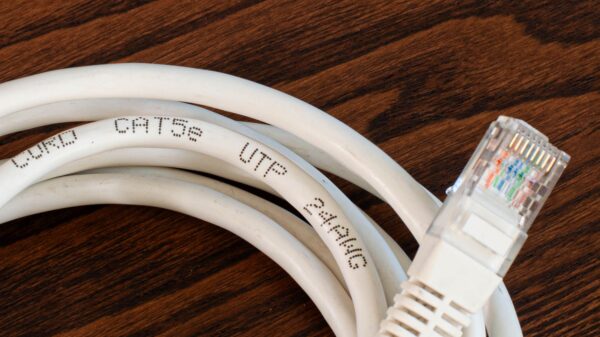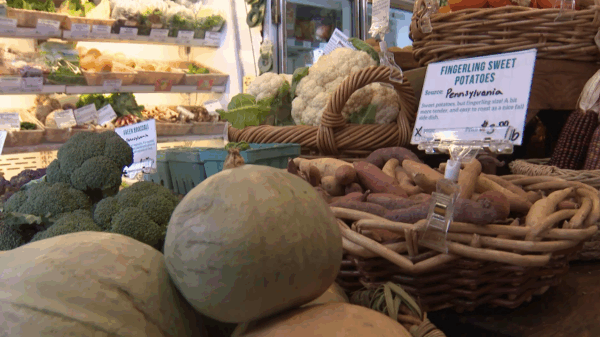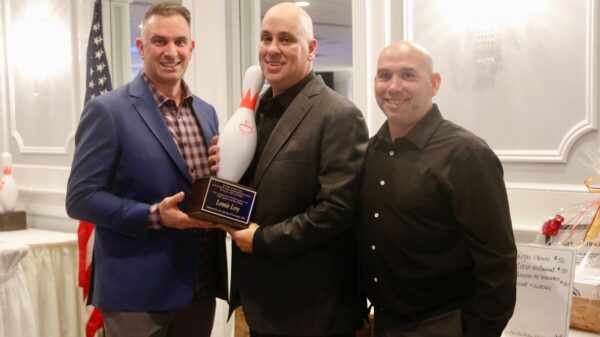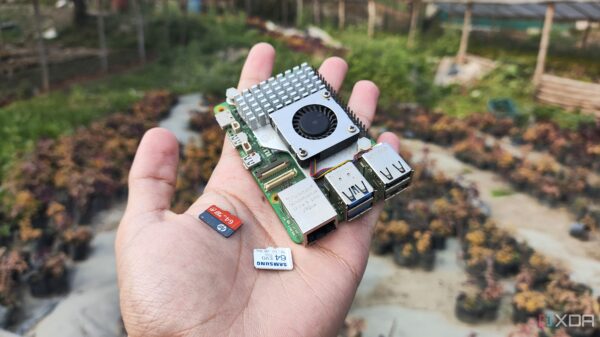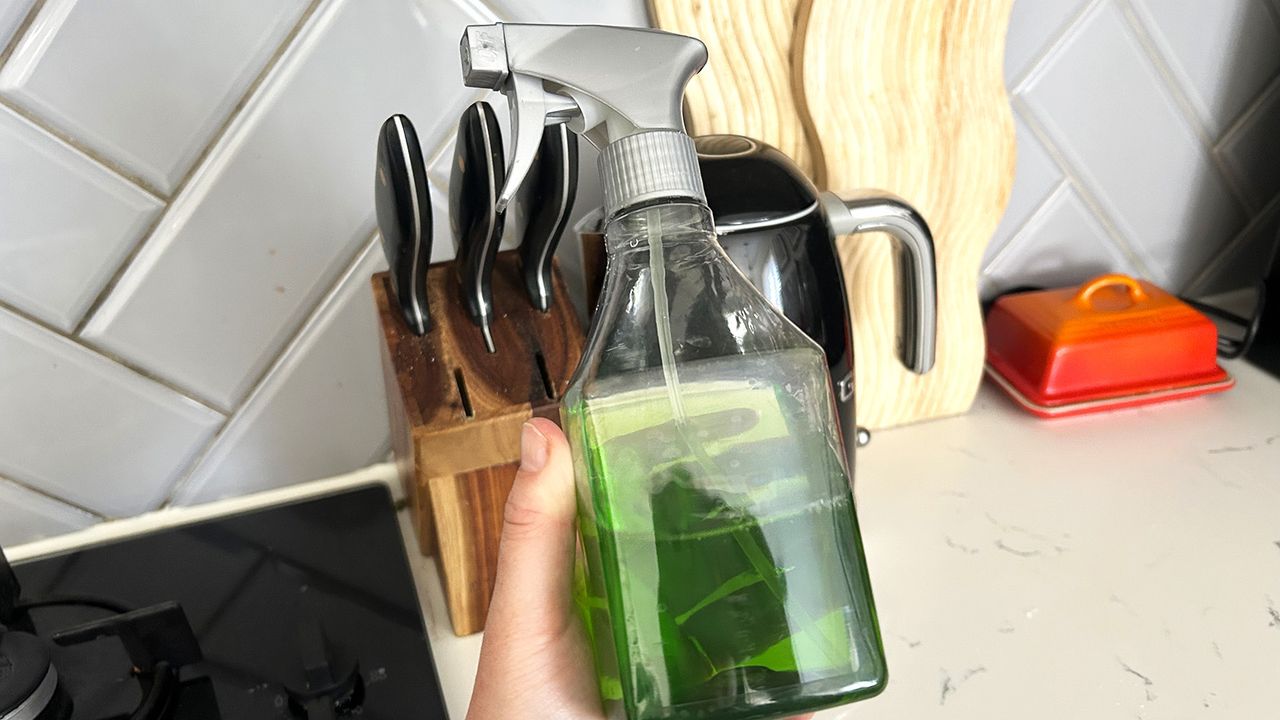A recent personal experiment in the realm of household cleaning has unveiled the potential benefits of homemade cleaning products. The participant, motivated by the health concerns associated with store-bought chemicals—especially with a young child in the home—decided to exclusively use homemade solutions for a week. This initiative not only aimed to eliminate harmful chemicals but also sought to provide a cost-effective alternative to commercial cleaning products.
With a cabinet full of ingredients that had seen little use, the individual began their journey into DIY cleaning. Armed with a list of recipes sourced from the organization MyToolBox, the participant crafted four different cleaning solutions: an antibacterial spray, a degreaser, a surface cleaner, and a textile spray. Each recipe was designed to be simple and effective, allowing for a thorough cleaning of various household surfaces.
Creating Effective Cleaning Solutions
The first concoction was an antibacterial spray made from a combination of 4 fl. oz. of white vinegar, 2 fl. oz. of lemon juice, 1 tablespoon of citric acid powder, 1 teaspoon of glycerine, and 12 fl. oz. of warm water. Despite its strong vinegar smell, the spray effectively cleaned light switches, door handles, and other surfaces. While the scent was not to the participant’s liking, the ease of preparation and effectiveness in cleaning made it a viable option for future use, particularly with the addition of essential oils for fragrance.
Next came the degreaser, essential for tackling the kitchen’s greasy surfaces. The recipe included 2.5 fl. oz. of distilled white vinegar, 2 tablespoons of sodium carbonate, 1 tablespoon of dish soap, 10 drops of peppermint essential oil, and 14 fl. oz. of boiling water. This solution not only smelled pleasant but also effectively removed tough grease from the stovetop and oven. Although it required careful mixing to prevent bubbling over, its performance was praised, suggesting it could simplify the cleaning process in high-traffic areas.
The surface cleaner, made from 8 fl. oz. of disinfectant, 4 fl. oz. of distilled water, 1 tablespoon of baking soda, and essential oils, proved useful for various surfaces. The participant chose a pine-scented disinfectant, which provided a strong aroma. While effective at removing stains from countertops and dining tables, concerns about the chemicals in commercial disinfectants prompted a reconsideration of the ingredients for future batches.
Finally, the textile spray combined 3 tablespoons of fabric stain remover with 18 fl. oz. of hot water, creating a refreshing mist for upholstery. The participant appreciated the subtle scent provided by the stain remover and noted its effectiveness in refreshing cushions and sofas. However, the mixing process presented challenges, as the addition of washing crystals caused bubbling that required cleanup.
Evaluating the Experience
Overall, the experiment yielded positive results, with the participant expressing plans to continue making the antibacterial spray and degreaser. The ability to control the ingredients and scents was particularly appealing, especially considering the health implications of using commercial products around young children.
The participant identified a desire to find non-toxic alternatives for certain ingredients, particularly in disinfectants and fabric stain removers, to further enhance the safety of the homemade solutions.
For those interested in trying their hand at creating their own cleaning products, the participant provided a comprehensive list of ingredients required for the four solutions, highlighting the accessibility of many common household items.
This experiment not only showcased the practicality of homemade cleaning products but also emphasized the importance of being mindful of what is used in homes, especially with children present. As more individuals explore DIY alternatives, the potential for safer, cost-effective cleaning solutions continues to grow.

